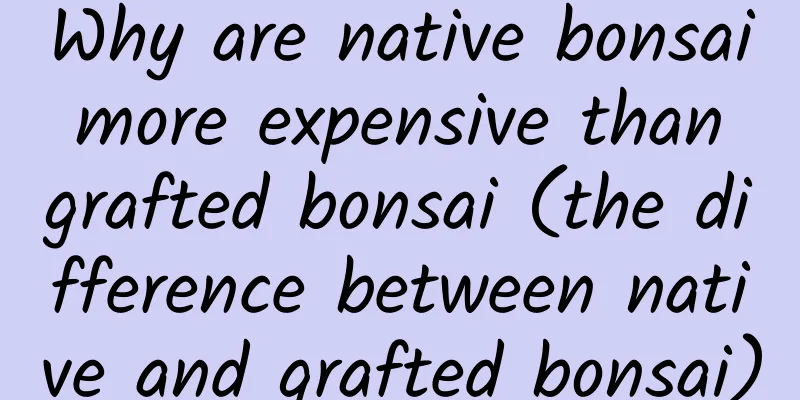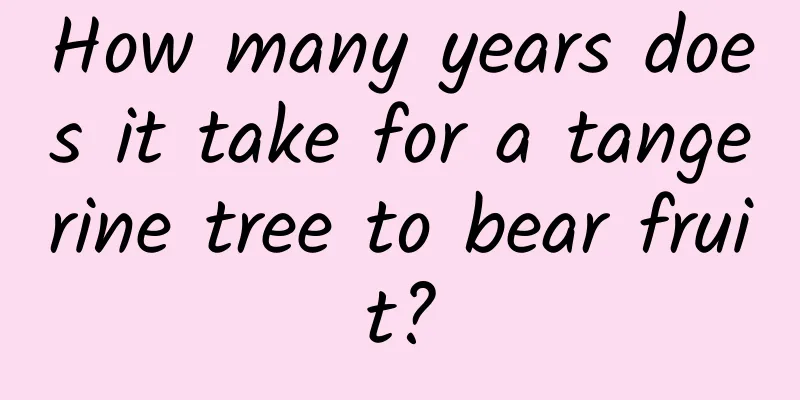Why are native bonsai more expensive than grafted bonsai (the difference between native and grafted bonsai)

|
Many friends have a question. They are both bonsai, why are native bonsai more expensive than grafted bonsai? This can actually be considered from the following aspects: The shaping time of native bonsai is longer than that of grafted bonsai. Native bonsai is a seedling, with a larger size and a higher price. The number of native bonsai of the same size is less than that of grafted bonsai. Scarcity makes things more expensive, so the price of native bonsai is naturally higher. Next, let us discuss the detailed reasons why native bonsai is more expensive than grafted bonsai. First, it takes longer to shape native plants into shaped bonsai than grafted bonsai. Time is value, and what is left is fine product . This is especially true in the bonsai industry, where original bonsai are carefully polished by craftsmen year after year. Therefore, its value lies not only in the overall artistic shape of the plant, but also in the time it takes for the mother plant to grow. Therefore, native bonsai is more expensive than grafted bonsai. Second, native bonsai are generally larger than grafted bonsai.The original bonsai is grown from a seedling to complete the same shape. The height and thickness of the plant are larger than the grafted bonsai of the same variety. After all, it is a finished plant. Grafted bonsai are generally plants of the same genus grafted with seedlings, and are formed into bonsai in a short period of time. Therefore, the price of native large bonsai is higher than that of grafted old bonsai. Third, there are fewer native bonsais and more grafted bonsais.Time is irreversible, and plants will die. As native bonsai die and are eliminated, there are actually only a few bonsai that are preserved among the "classmates" that were shaped together at the beginning. Therefore, there are fewer native bonsai, and the price is naturally higher. To sum up, this is why native bonsai is more expensive than grafted bonsai. In fact, grafted bonsai also has its advantages, such as high survival rate, good adaptability , ability to maintain the excellent traits of the mother plant, early fruiting and so on. |
Recommend
How to keep the seeds of Yacon and how to store the dug Yacon seeds
What is the seed of yacon made of? Yacon is nativ...
How to make cuttings of Begonia take root quickly?
Many of you probably know about Begonia, and ther...
How much does coriander cost per pound (price introduction)
1. Price Introduction Its price is unstable. For ...
What to do if you water the tiger plant too much
1. The consequences of excessive watering Althoug...
Precautions for transplanting gardenia
1. Transplanting time The recommended time for tr...
What fertilizer is best for longevity flowers
Fertilization time of Kalanchoe Kalanchoe is gene...
When to plant early glutinous corn?
Early glutinous corn is an early-maturing variety...
How to make roses bloom more beautifully and fragrantly
Longer sunshine hours When planting or potting ro...
Can Jasper be hydroponically cultivated?
Can Jasper be hydroponically cultivated? Jade can...
Can cold water flowers be hydroponically cultivated? Water cultivation methods and precautions
Can cool water flowers be hydroponically cultivat...
Does Monstera need to be tied up for shaping? What are the methods of tying up for shaping?
1. Do you need to have plastic surgery? Monstera ...
Evening primrose cultivation methods and precautions
How to grow evening primrose illumination Evening...
How to plant sage and when to plant it
1. Planting time Sage should be sown in spring or...
How to grow yam to get high yield?
Chinese yam , also known as yam, yam egg or mount...
How to spend the winter in potted sunflowers? How often should you water them in autumn?
1. How to spend the winter 1. Control the tempera...









